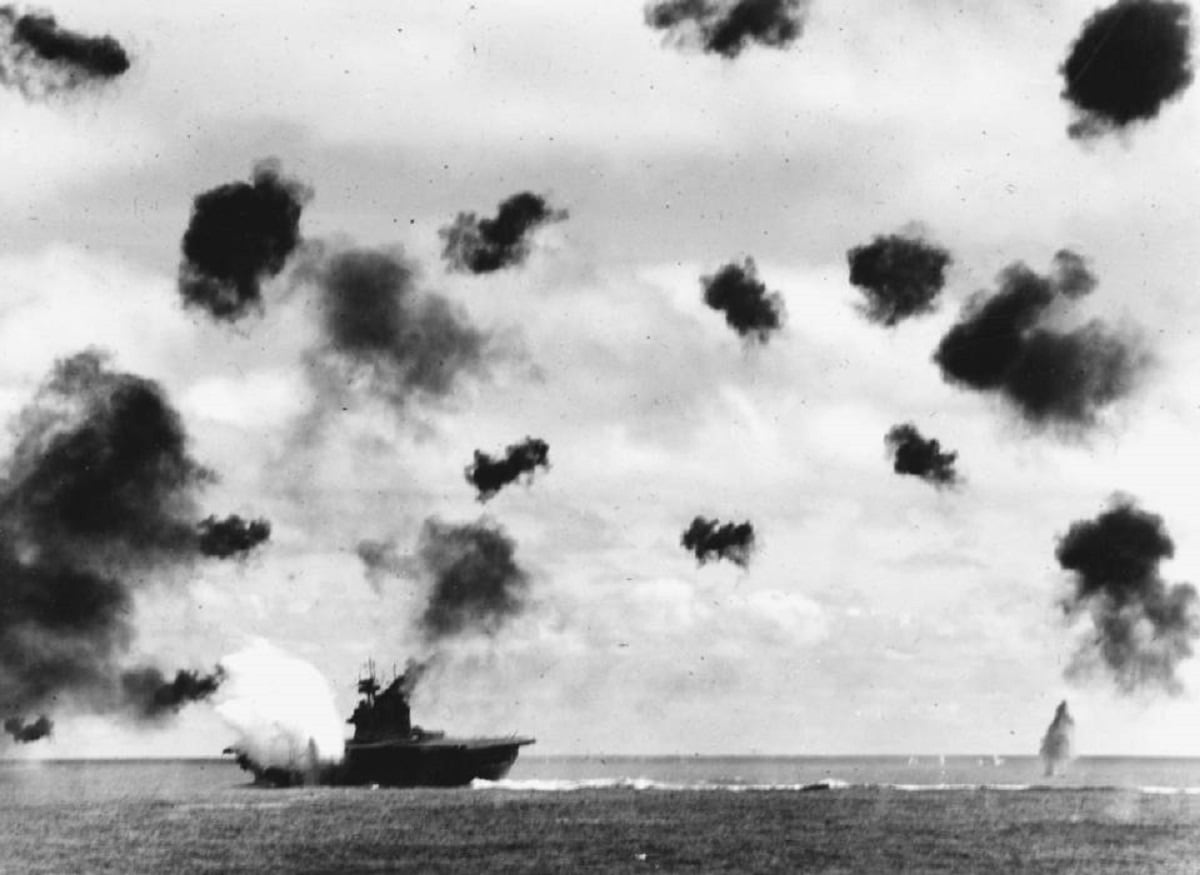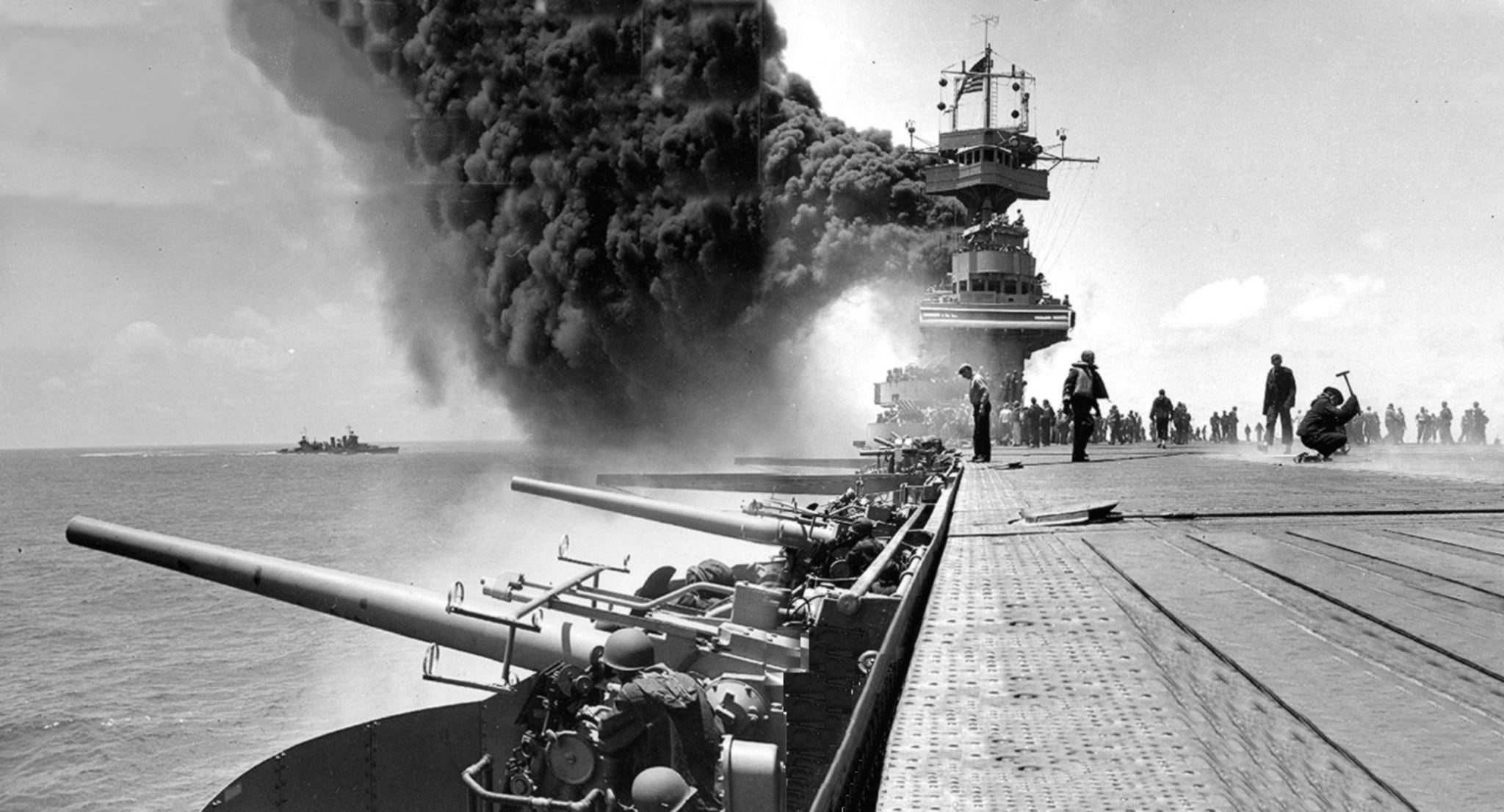A deep-sea expedition has captured the first detailed view of the aircraft carrier Yorktown, which sank in 1942 during the Battle of Midway. It was located 25 years ago.
The Ocean Exploration Trust spearheaded the mission using the Exploration Vessel Nautilus to complete in-depth archaeological assessments of three carriers lost in the Battle of Midway roughly 1,000 miles northwest of Honolulu within the Papahānaumokuākea Marine National Monument, the largest marine conservation area in the U.S.
The expedition team aimed to document the wrecks and analyze the state of the ships, while also honoring those who died there, according to the Ocean Exploration Trust.
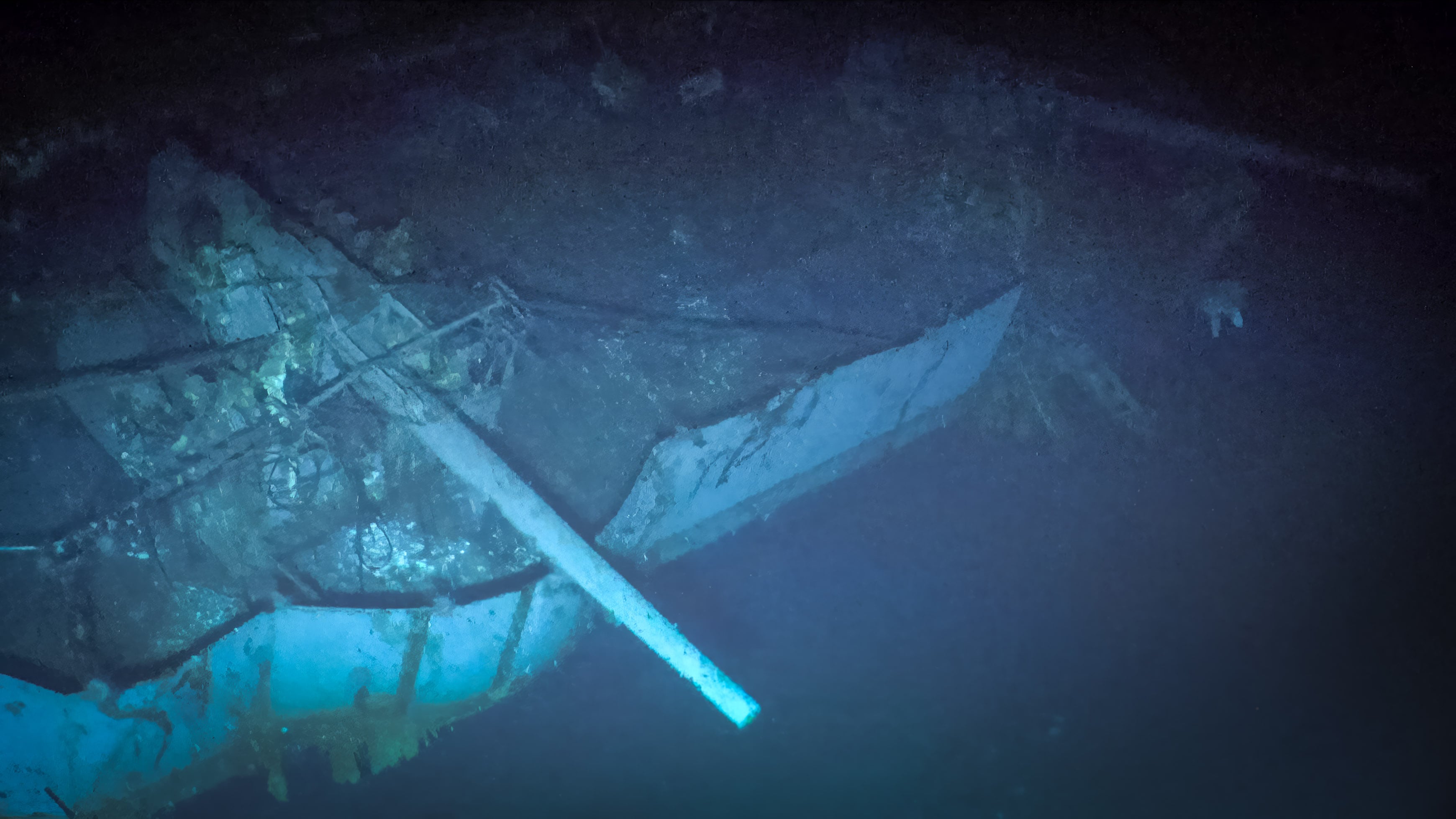
“This expedition is not only rewriting history and our understanding of these special places, but also pushing the limits of what we thought was possible in terms of interdisciplinary collaboration,” said Daniel Wagner, chief scientist for Ocean Exploration Trust, in a news release. “During over 43 hours at depth, we methodically circumnavigated these historic wrecks, bringing to light many features in great detail, including their armament, battle and sinking-related damage. Many anti-aircraft guns were still pointing up, providing clues about the final moments on these iconic ships.”
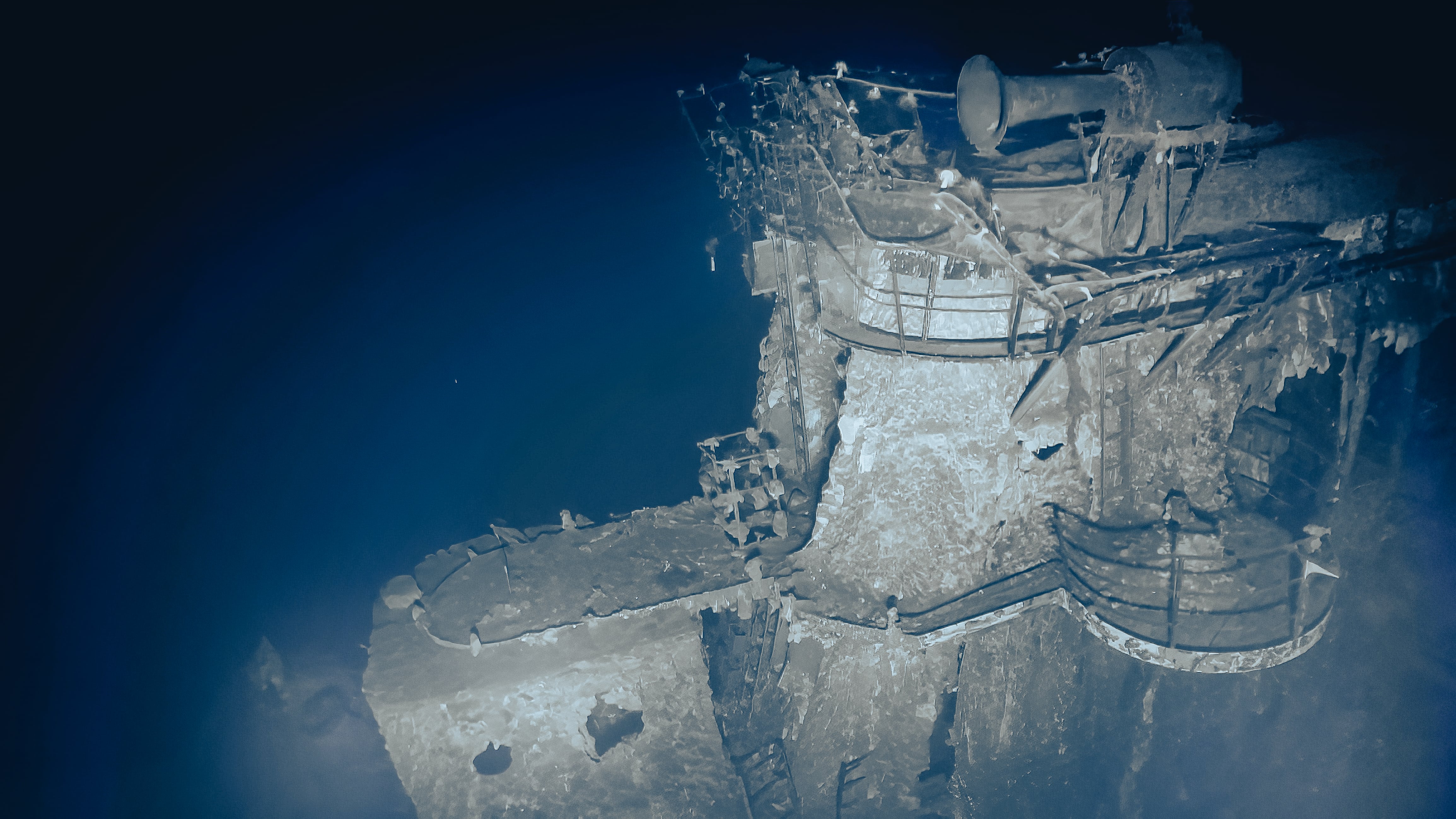
A Japanese submarine ultimately sank the Yorktown at Midway on June 7, 1942, after the carrier sustained strikes from multiple bombs and torpedoes earlier in the battle. The ship was commissioned in 1937 and could accommodate 2,000 sailors.
The surveys also examined the Imperial Japanese Navy aircraft carriers Akagi and Kaga, which suffered strikes from aerial bombs. The Japanese decided to scuttle both ships to prevent them from being captured.
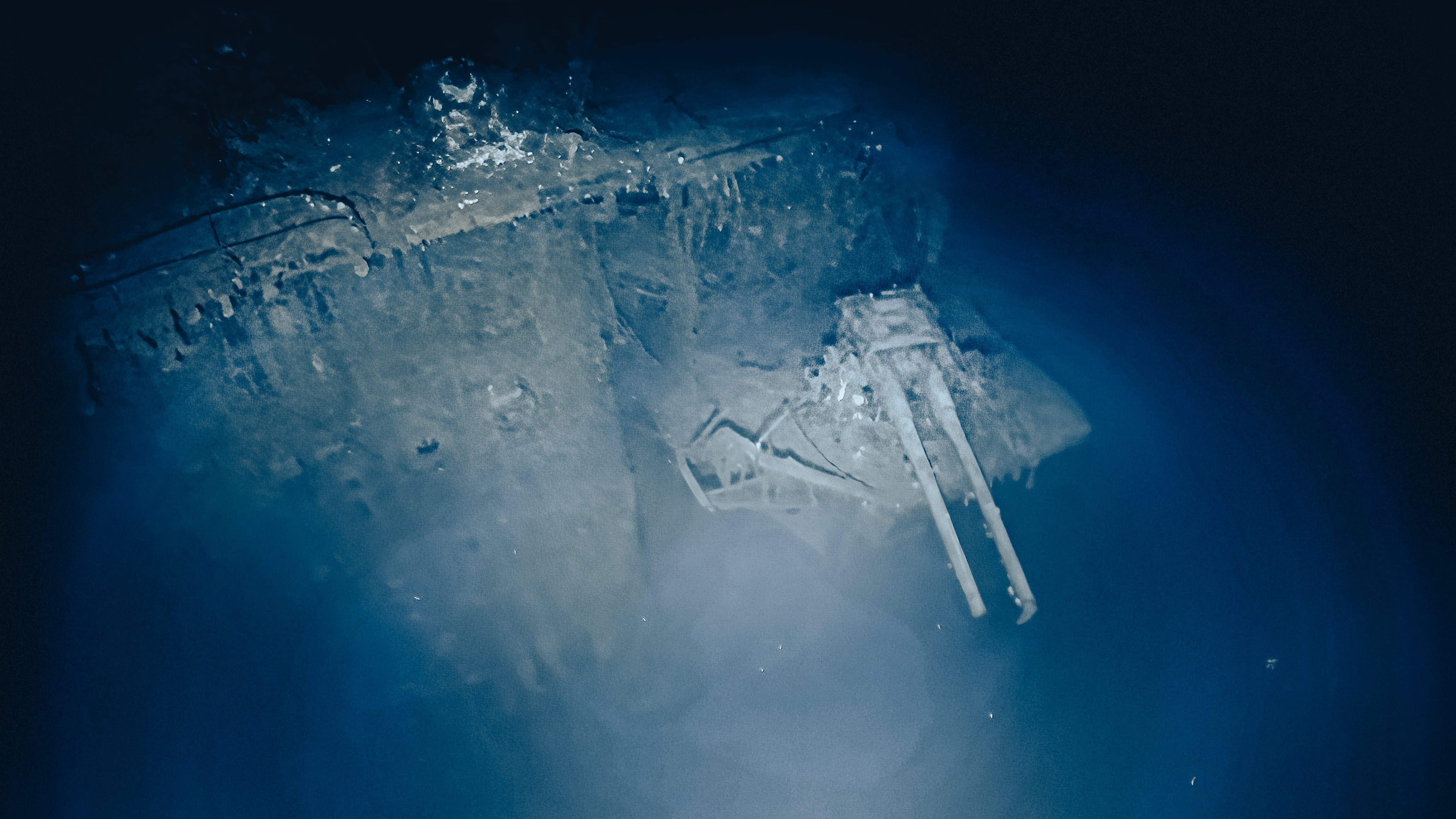
The mission marked the first time anyone had seen the Akagi after it sank in 1942. The ship’s resting spot was identified during a Vulcan Inc. and U.S. Navy mission in 2019.
The Battle of Midway is considered a pivotal turning point in World War II as “the Japanese offensive in the Pacific was derailed” and “the balance of sea power in the Pacific [began] to shift,” according to the U.S. Naval History and Heritage Command.
In addition to the Akagi and Kaga, the Japanese also lost aircraft carriers Soryu and Hiryu, the heavy cruiser Mikuma, 248 aircraft and approximately 3,057 troops, including more than 100 trained pilots. The Japanese never fully recovered from the defeat, which set the stage for the U.S. and allies ”to begin shrinking the Japanese empire through a years-long series of island-hopping invasions and several even larger naval battles,” according to the National World War II Museum in New Orleans.
In addition to the Yorktown, the United States lost approximately 362 men, the destroyer Hammann and 144 aircraft. The carriers Enterprise and Hornet survived the battle intact.
Remembering those lost
The dives occurred from Sept. 8 to 12, and included protocol ceremonies at the beginning and end of each dive to remember those who lost their lives during the battle.
The public could view the streamed video surveys via NautilusLive.org, which allowed archaeologists and more than 100 experts to share insights on the mission.
The expeditions, which went below 5,100 meters (16,400 feet) underwater, were the deepest dives the Nautilus has conducted to date.
“The vast majority of our ocean lies in very deep waters that we know virtually nothing about,” Wagner said. “These deep-sea explorations highlight how many extraordinary things are still hidden and waiting to be found in the great depths of our ocean.”
